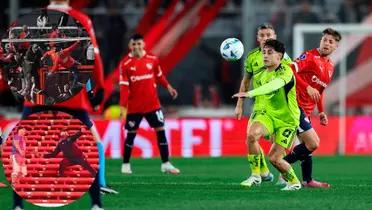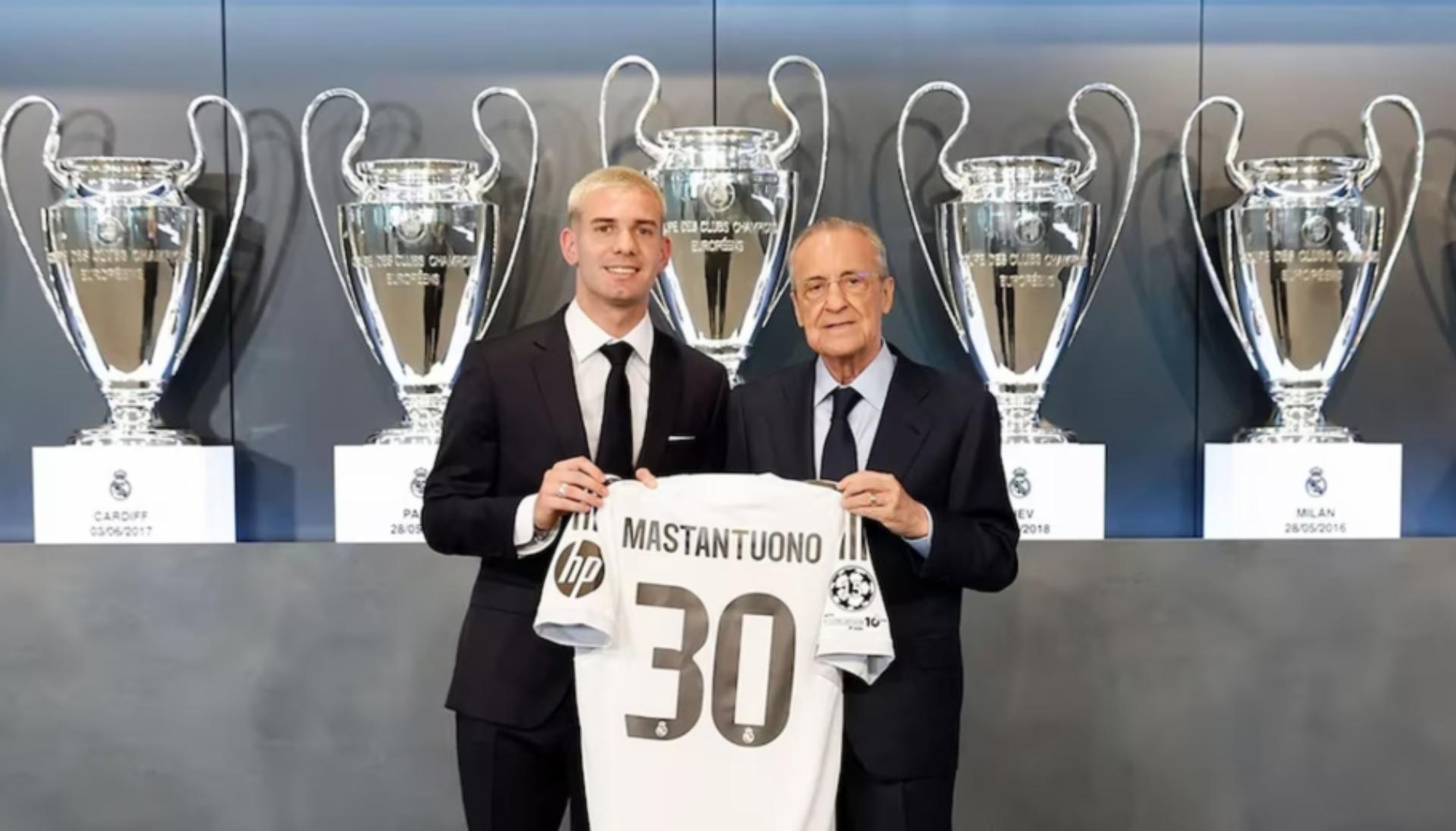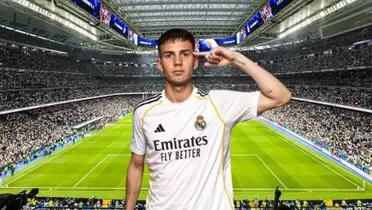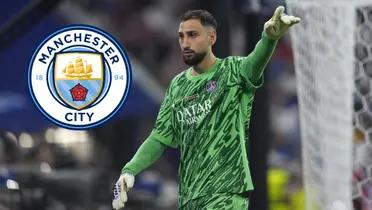MLS and the Bundesliga: Which is the best league model to follow?
Discover the differences between the league models of MLS and the Bundesliga: Which is the best?

Major League Soccer (MLS) and the German Bundesliga represent two distinctive models of management and development in professional football. While MLS has experienced remarkable growth in recent decades, the Bundesliga has solidified its position as one of Europe’s most competitive and financially stable leagues. Analyzing the differences and similarities between these models provides valuable insights into which could serve as a reference for developing leagues.
Structure and club ownership
MLS: centralized ownership model
MLS operates under a "single-entity" structure, where the league owns player rights and contracts, and team owners are effectively shareholders in the league. This model aims to maintain competitive balance and control salary costs. Additionally, MLS has implemented a salary cap and specific rules for designated player signings, allowing international stars to join without compromising the financial stability of clubs.
Bundesliga: member participation and the 50+1 rule
In contrast, the Bundesliga follows the "50+1 rule," which requires club members to hold the majority of voting rights, limiting the influence of external investors. This approach promotes more democratic, fan-oriented management, though it can restrict external capital injection. However, it has contributed to financial stability and a deeper connection between clubs and their communities.

Talent development and youth academies
MLS: investment in academies and player development
MLS has increased its investment in youth academies to develop local talent and reduce dependence on foreign players. Clubs like FC Dallas and the New York Red Bulls are recognized for producing young players who progress to the first team and, in some cases, transfer to European leagues. This approach strengthens the local identity of teams while generating additional revenue through transfers.
Bundesliga: emphasis on youth development
The Bundesliga is renowned for its focus on youth development, with clubs investing heavily in their academies. Players like Mario Götze and Thomas Müller are products of these academies, showcasing the effectiveness of the German system in developing elite talent. This model ensures a consistent supply of high-quality local players, contributing to the national team’s success.
Commercial and marketing strategies
MLS: expansion and diversification
MLS has adopted an aggressive expansion strategy, increasing the number of teams and entering new markets to grow its fan base. It has also established national and international broadcasting agreements, boosting the league’s visibility. The arrival of international stars like Lionel Messi at Inter Miami has elevated MLS's profile, attracting more viewers and sponsors.
Bundesliga: focus on sustainability and community
The Bundesliga prioritizes financial sustainability and affordable ticket prices to encourage stadium attendance. German clubs have also pioneered multi-functional stadium use, hosting non-football events to generate additional revenue. This approach has been emulated by other leagues, such as LaLiga, which seeks to implement similar strategies.

Competitiveness and sporting performance
MLS: competitive parity
The MLS model is designed to promote competitive parity, with mechanisms like the salary cap and designated player allocation. This structure creates a league where multiple teams have the opportunity to compete for the championship, increasing fan interest across various regions. However, critics argue that financial restrictions limit the ability of MLS clubs to compete internationally.
Bundesliga: dominance of big clubs
While the Bundesliga is competitive, clubs like Bayern Munich have dominated in recent decades, winning multiple consecutive titles. This dominance can be attributed to superior financial capacity and infrastructure, enabling these clubs to attract and retain top talent. Nonetheless, the league remains recognized for its high-quality play and competitive depth.
Impact on the international market
MLS: attracting international talent
MLS has successfully attracted high-profile international players, boosting its global visibility. The arrivals of figures like David Beckham in 2007 and Lionel Messi more recently have generated significant interest in the league, enhancing its profile in the international market. These signings not only improve the quality of play but also drive marketing and commercial opportunities.
Bundesliga: exporting talent and building a global brand
The Bundesliga excels at exporting talent to other European leagues and establishing a global presence. The league has partnered with companies like Relevent to increase its relevance in markets like North America, aiming to narrow the gap with the Premier League in international revenue. However, it faces challenges in matching the popularity of other European leagues in certain regions.
Conclusion: which is the better model to follow?
Both MLS and the Bundesliga offer valuable lessons. MLS demonstrates how a league can grow rapidly through strategic expansion, investment in youth talent, and attracting international stars. On the other hand, the Bundesliga excels in financial sustainability, local talent development, and strong community ties.
For developing leagues, a combination of both models could be ideal: adopting the sustainability and community focus of the Bundesliga alongside MLS’s expansion and marketing strategies. This would enable balanced growth, both financially and athletically, tailored to the specific needs of each market.
More news

THE GANG IS HERE! First Argentine Stars Arrive in Buenos Aires for Final Qualifier Push!
01/09/2025

THE LAST DANCE! Lionel Messi Confirms His Final World Cup Qualifier in Argentina!
29/08/2025

TRANSFER COLLAPSES! Julio Enciso Fails Medical Exams, Returns to Brighton!
27/08/2025

Vini doesn't feel entirely comfortable at Real Madrid anymore and is seeking a future at another club
26/08/2025

HERE WE GO! Piero Hincapié Says YES to Arsenal, Club Prepares Final Bid for Leverkusen Star!
26/08/2025

THE REAL MADRID SHOWDOWN: Nico Paz's Future Sparks a Bidding War Across Europe!
25/08/2025

SOUTH AMERICAN SHAME: Independiente vs. U. de Chile Match Canceled After Horrific Incidents!
21/08/2025

Rodrygo Benched by Xabi Alonso: The End of an Era at Real Madrid?
20/08/2025

PARIS IN PARIS! The New Superclub, Paris FC, Rises to Threaten PSG-Marseille Rivalry!
20/08/2025

PSG’s €850M Budget is 30x Larger Than the Smallest in Ligue 1!
19/08/2025

THE DEBUTS ARE HERE! Estupiñán & Modrić Step Onto the San Siro Stage!
18/08/2025

CONTROVERSY IGNITES! Barcelona Opens Season with a Contested 2-0 Victory Over Mallorca!
18/08/2025

SCANDAL ESCALATES: Donnarumma's Harsh Letter Responds to Luis Enrique's Super Cup Snub!
15/08/2025

Franco Mastantuono: A New Number 30 for Real Madrid with a Nod to the Past
14/08/2025

HISTORY MADE! PSG Wins First-Ever Super Cup Title in Thrilling Penalty Shootout!
14/08/2025

Mastantuono Arrives at Valdebebas for Real Madrid Presentation
13/08/2025

ON AND OFF THE PITCH: Is Nicki Nicole the New WAG of Barcelona's Lamine Yamal?
13/08/2025

Donnarumma Bids Farewell to Paris Saint-Germain at the Peak of His Career
13/08/2025



